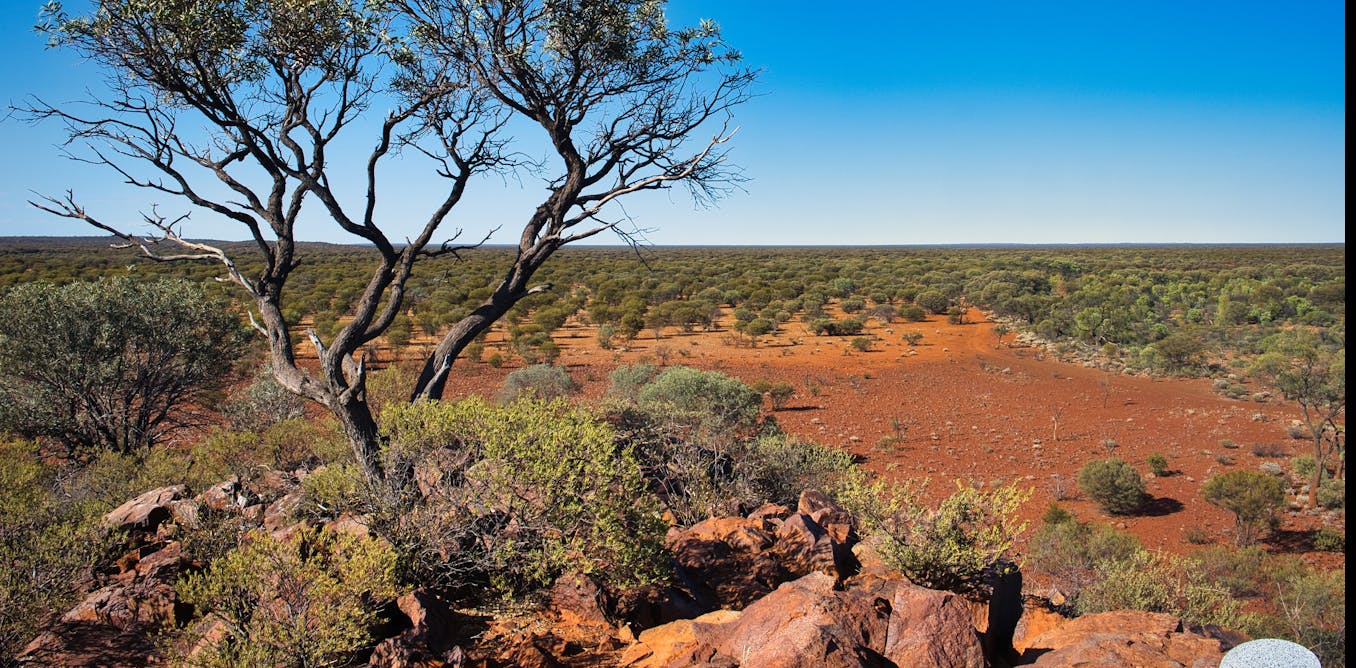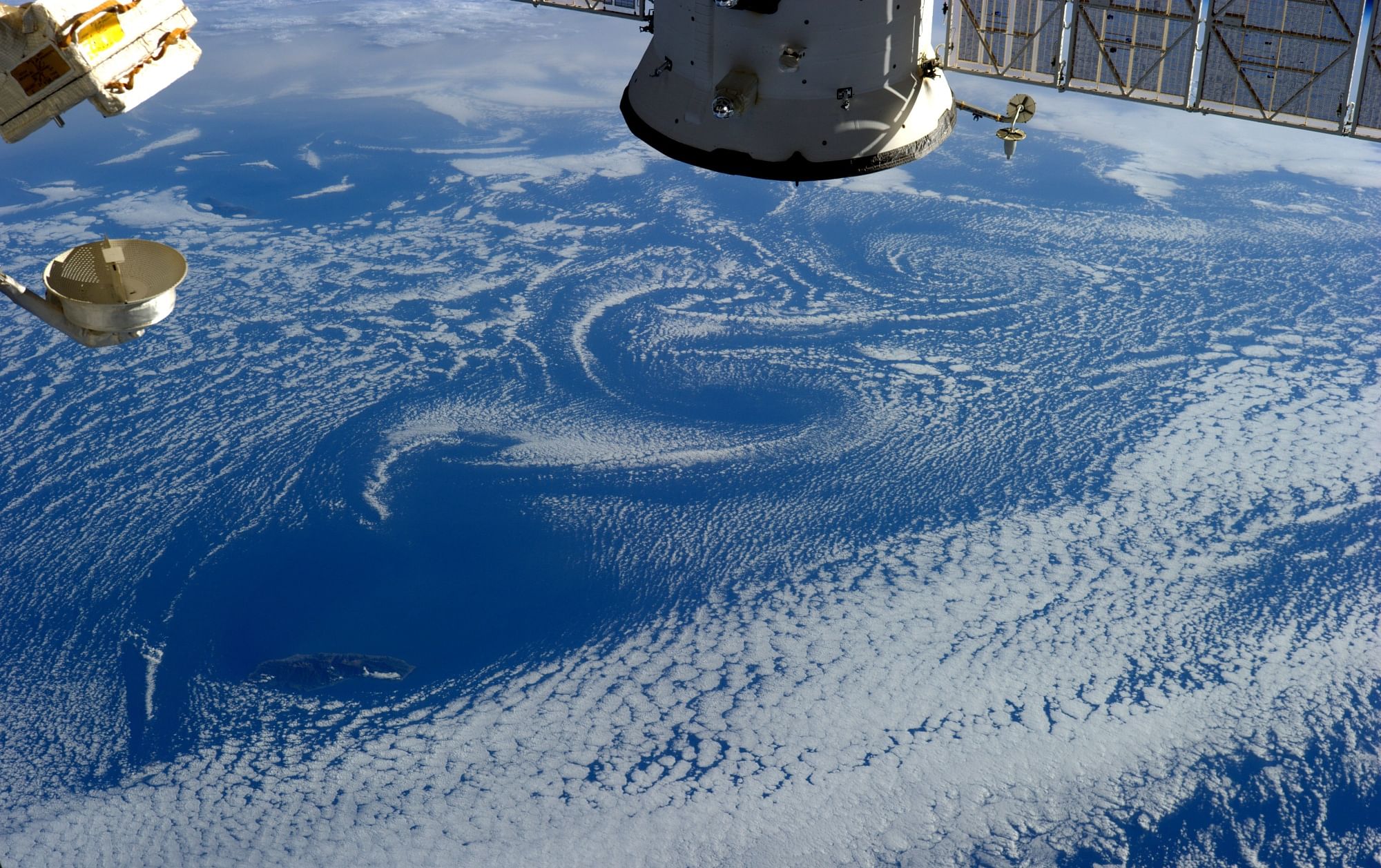
- Select a language for the TTS:
- UK English Female
- UK English Male
- US English Female
- US English Male
- Australian Female
- Australian Male
- Language selected: (auto detect) - EN
Play all audios:
In 2022, Australia and many other nations agreed to protect 30% of their lands and waters by 2030 to arrest the rapid decline in biodiversity. Since then, the Albanese government has
protected large new areas of ocean, taking the total up to 52% of territorial waters. In tonight’s federal budget, the government is expected to announce A$250 million in funding to protect
an additional 30 million hectares of land over the next five years. At present, Australia protects 22% of its lands through its National Reserve System. This would take the total to 30%. You
might expect conservationists to be ecstatic. But we’re not. Large new areas of desert and arid areas are likely to be protected under this scheme, because these areas have minimal
population and are not sought after by farming. But these ecosystems are already well protected. We have to come back to the point of the 30 by 30 agreement: protect biodiversity. That means
the government has to protect representative samples of all ecosystems – including in areas sought for farming or other human uses. BUYING LAND IS ONLY A FRACTION OF THE TASK For years,
Australia’s National Reserve System of national parks, state parks and Indigenous Protected Areas has languished. The last big infusion of funding and political interest came between 2007
and 2010 under a previous Labor government, when Peter Garrett was environment minister. Then, the government expanded the reserve system, grew Indigenous Protected Areas and ensured new
reserves would preserve a representative sample of Australia’s ecosystems. Since then, conservation efforts have largely not been up to scratch. Funding has stagnated. National parks are
riddled with invasive species and other environmental problems. On funding grounds alone, the $250m announced by Environment Minister Tanya Plibersek is welcome. It is, however, just a
fraction of what’s needed to properly protect the right areas. In 2023, environmental organisations called for a $5 billion fund to buy and protect important habitat – and to pay for
maintenance. The purchase of land represents perhaps 10% of the overall cost of conservation. If you buy land and do nothing, it can be overrun by invasive species. Australia’s ever-larger
number of threatened species are often threatened because of these species, as well as the growing threat of land clearing in Queensland and the Northern Territory. Fire management is
another cost. WHICH LANDS ACTUALLY NEED PROTECTION? As successive governments have backed away from conservation, non-government organisations such as the Australian Land Conservation
Alliance, Bush Heritage Australia and Australian Wildlife Conservancy have stepped up. These organisations are doing fine work in protecting land and doing the necessary on-ground land
management to safeguard threatened species and ecosystems, but they do not have access to resources at a government scale. So how will this government funding be used? It’s likely we will
see further growth in Indigenous Protected Areas – areas managed by Traditional Owners alongside authorities to protect biodiversity. These areas are often located where low rainfall often
means they are not viable for farming. This means there’s less conflict over what to do with the land. If our government is determined to meet the 30% target as quickly and cheaply as
possible, we may well see more arid lands and desert protected. When you set a target of 30% protected land by 2030, governments often see the top-line figure and aim for that alone. But the
text of the international agreement stresses the need to prioritise “areas of particular importance for biodiversity”. Governments have a choice: the easy, less effective way or the hard
but effective way. The recent growth in marine protected areas suggests the government is taking the easy path. Even though the science is clear that marine parks bolster fish stocks in and
outside the park, they are still controversial among fishers who believe they are being locked out. As a result, Australia’s marine park system has made greatest gains where there are very
few humans who might protest, such as quadrupling the protected areas around the very remote Heard and McDonald Islands in the sub-Antarctic region. (The government has expanded marine parks
at a smaller scale closer to population centres too.) This same story may well play out on land. What would it look like if our government was willing to do what was necessary? It would
involve actively seeking out the ecological communities in clear decline, such as native grasslands, brigalow woodlands and swamps, and buying up remaining habitat. SAVING HERE, CLEARING
THERE On the one hand, 22% of Australia’s land and 52% of seas come under some form of protection. But on the other, over the last two decades an area the size of Tasmania has been cleared –
largely for livestock farming and mining. Satellite analyses show land clearing is actually increasing in many parts of the country. Land clearing places further pressure on threatened
species. In fact, most species considered threatened with extinction are largely in this situation because the land they live on has attributes prized by farmers or graziers, such as grass
and water. Australia’s environment faces real challenges in the next few years. Intensified land clearing, worsening climate change and whiplash drought-flood cycles, to say nothing of
ballooning feral populations. If we protect the right 30% of Australia, we have a chance to ensure most of our ecosystems have areas protected. But if we protect the wrong 30% and leave the
rest open to bulldozers, we will only lock in more extinctions.








